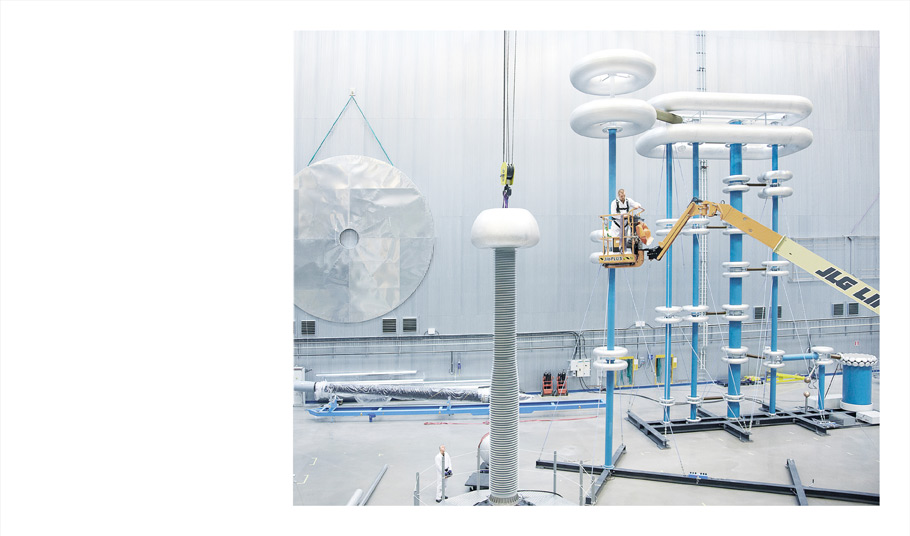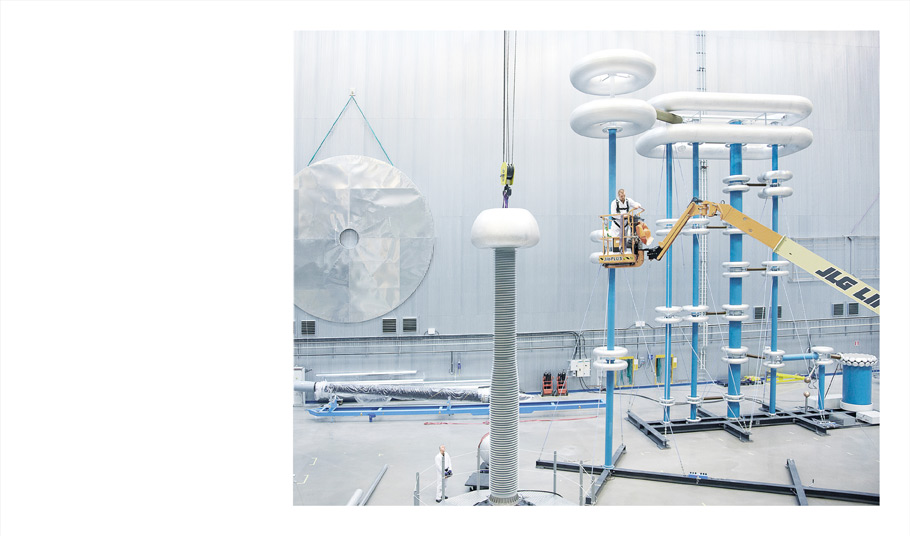

Sustainable Energy
Supergrids
A high-power circuit breaker could finally make DC power grids practical.

High-voltage DC power lines can efficiently transport electricity over thousands of kilometers and for long distances underwater, outperforming the AC lines that dominate transmission grids now. But for a century, AC prevailed because high-voltage DC could be used only for point-to-point transmission, not to form the integrated grid networks needed for a stable electricity system.
The Swiss conglomerate ABB has solved the main technical hurdle to such grids. It has developed a practical high-voltage DC circuit breaker that disconnects parts of the grid that have a problem, allowing the rest to keep working.
DC grids would be more efficient at connecting far-flung sources of renewable energy, allowing utilities to average out local variations in wind and solar power while bringing power to areas without much sunshine or wind. Solar power from the Sahara could power cloudy Germany, and wind power from all over Europe could keep the lights on at night. The result: more reliable renewable energy that can better compete with fossil fuels.